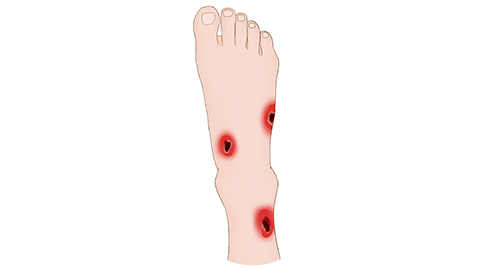How long after the spread of sepsis does the disease manifest?
Generally speaking, sepsis is not an infectious disease, and there is no concept of "onset after transmission." Sepsis is a systemic infection syndrome caused by pathogens invading the human bloodstream, where they multiply and release toxins. The time of onset depends on the route of infection, pathogen virulence, and the patient's immune status. A detailed analysis is as follows:

In cases of community-acquired infections—such as pneumococcal pneumonia leading to secondary sepsis—symptoms of sepsis (e.g., high fever, chills, shock) may rapidly develop within hours to days after initial localized infection if the pathogen breaches local barriers and enters the bloodstream. In hospital-acquired infections, such as catheter-related bloodstream infections, immunocompromised individuals may develop sepsis within 1–3 days after pathogens enter the blood via invasive procedures. In immunocompetent individuals or when the pathogen has lower virulence, onset may be delayed up to about one week.
In addition, individuals with severely impaired immune function—such as patients with AIDS or organ transplant recipients taking immunosuppressive agents—may progress rapidly to sepsis within hours after infection, even with low-virulence pathogens. In contrast, healthy individuals may experience a relatively delayed onset due to their immune system temporarily suppressing pathogen activity; however, once sepsis develops, the condition may progress more abruptly.
Therefore, there is no fixed "onset time after transmission" for sepsis; its occurrence is directly related to the timing of infection initiation. If localized infection worsens and is accompanied by high fever and chills, prompt medical evaluation is essential to avoid treatment delays.








